So, we get it - We try to keep costs down too. Let's discuss some ways on how to do thatKeeping costs lower on car maintenance and upkeep doesn't have to be difficult. We here are at Falcon Autosport are passionate about keeping costs low while offering the best possible experience. We're going to break this down into a few sections. Let's start with things that you can do with your car. Saving Money on CarsThe car itself is the biggest place to try having good savings. Being that it's the deciding factor in how much 60-70% of things cost/wear in the equation, it's likely the most important part; the reason you're reading this. I'll start with a piece of advice that I myself didn't even come up with; no, I slapped the question "which of these blog posts do you want to see most" in the Falcon Autosport staff Facebook chat and Falcon Autosport staff instructor Leif (pronounced like Life) responded with an entry idea of his own: "don't buy the car you want but can barely afford, buy the car you can easily afford to maintain." Oil filters for $6, full synthetic in stock at every parts store, brake rotors for $45/each with a handwritten "thank you" note from the parts counter staff for not haggling over the already very low price. Make sure that there's availability of high performance/high-temp brake pads as that is effectively the most immediate upgrade most people end up wanting (particularly if the car is powerful and/or heavy). Speaking of heavy, a lightweight car with narrower tires and a less powerful engine will go through everything less quickly. Tires, brakes, clutch, everything will be seeing less wear and tear. It's simply more efficient to run a lightweight car with not much power. Yes, I said that; I know that the average person wants to have 300+ horsepower at the wheels. I get it. However, there's a big trade-off in that. Every braking zone is longer. Every corner exit sees more tire wear. Every horsepower directly equates to more tire and brake wear. The Falcon Autosport Civic EP3 has gone through less than half a set of brakes and tires in a full season of quite serious track day usage. This means that, effectively, the cost of the car upkeep is less than a set of brakes and tires. We did have to replace a rear trailing arm bushing set, and we did a lot of "optional" work as we prepare it for endurance racing (stripping the interior, safety equipment, alignments, wheels and tires new-to-the-car) in the spring but it turned out that all of what we did (excluding the safety gear) cost less than just a new set of tires would have cost. Stripping the interior cost $27 or so in dry ice (for freezing the sound deadening tar until it could be cracked and smashed into shards and removed), the rear trailing arm bushings and alignment would have come to approximately $800, and the wheels and tires, I already had on hand. This compares to ~$900 for similar tires only. Next year, when we put a set of brake pads and brake rotors in the Civic, we're looking at a cost of $400 for the pads, and $160 for the rotors in all 4 corners. That nets us Hawk DTC-60 brake pads. Tires, we'll just do a tire rotation to put the more worn tires on the rear and move the almost unused tires to the front. We'll get another season out of them. This is definitely a mixture of a gentle driving style that doesn't burn up the front tires, and partially due to the natural slow wear characteristics of the Hankook Ventus RS4 tires. They are truly wonderful tires. By contrast, I know people with a more aggressive driving style, with more power, in a heavier car, who have gone through 3 sets of brake pads and tires in a year of track days. Also, the tires were wider and therefore more expensive, and the vehicle was harder to find parts for - meaning that the brake pads and brake rotors were more expensive. I maintain that you should only source out a car that you can pay the upkeep on for track days. Yes, a 2006 Corolla may seem like a better value of car compared to a 2003 Civic, until you factor in the poor aftermarket and the necessary one-off parts that don't exist for Corolla, in the place of the plethora of aftermarket support options for Civic EP3. If you need to change something on your 2003 Civic, someone, somewhere, makes a kit for the Civic already. That cannot necessarily be said about aftermarket improvements on a 2006 Corolla. That's just one example, but hopefully an example worth considering. Saving money on driving styleAnother consideration is driving style. Some of the best racing drivers in history are famous for being even more skilled at conserving tires and brakes than their competition. Racing greats like Jim Clark, Sébastien Loëb, Jamie Whincup, Sir Lewis Hamilton, and so on always seem to have tires that go further than anyone thinks is possible, at a higher speed than anyone thinks is possible. If you're interested in racing, or high performance driving at all, but tire conservation isn't a consideration of yours, you're leaving some potential growth untapped. Our own staff instructor Tommo (Tom G.) used to go through 3-4 sets of tires in a year on his Mazda. This year, he did no fewer than 20 track days (possibly more, I lost count) and yet used less tires than he had previously. My coaching, and the coaching from others in the community, contributed greatly to him finding speed without scrubbing the tires off. He also drives a ~170 wheel horsepower Civic Si faster than his old 300+ wheel horsepower Mazda by simply using the tires better and maintaining better cornering speeds. In fact, his corner apex speeds are some of the highest in the province, in a non-aero, non-racing slicks Civic. He sets a benchmark now on being fast with minimal brake and tire wear. This required some coaching. If you have any doubts about your driving style, and if you could improve your lap time while improving tire and brake life, talk to one of our staff instructors. It's a growing team, but Adrian, Leif, Alex, Candace, and I are happy to help. We also plan on hiring another instructor or two for 2023, if anyone impresses us. You can also typically find savings in focusing on different parts of your driving style. The only way to improve every part of your driving on-track is through seat time and practice. At Falcon Autosport, we teach consistency first, so that you can build on a strong foundation of driving skills and develop further and further until you meet your goals. This approach does take time, however it yields the best results. We could tell everyone what the fastest cornering speed that they might ever be able to accomplish could be, all while never actually showing the driver the basics, or we could show the basics and leave the driver to find their own best cornering speed by accomplishing every fundamental building block skill along the way. Saving money on seat timeThe next part is pretty straightforward. How do you get seat time? Registering for events. We always encourage people to get as much seat time as they can. If you can find a full track day with safety teams, flag/passing rules, and EMS on-site for $200 or so, that is a great deal that is hard to find. You can look at it as a "dollar cost per hour" equation. A $120/night event at "that local track" with no passing rules, no EMS, no safety team at all can cost you dearly. In best case scenario, it's $30/hour for an evening lapping session. This is, if no one crashes into you because passing rules are not enforced and track conditions are not always safe. Not to sell you on our events too hard, but if our events are an average of $200 for a full 8 hour day, that's $25/hour with full staff. We don't cut corners. Flag marshals, EMS, instructors, safety team etc., are all included... Not to mention photography and catering! The best part, though? Just about everyone leaves with their car in the same condition it arrived in, with a few mechanical malfunctions aside. We believe that we're the best option for track days in Ontario. However, we would like to point out a few other groups that have a similar philosophy, where corners aren't cut on safety, where costs are kept low, and where your satisfaction matters.
Saving money on track conditionsOne thing that disappoints us is when people say that they're not coming out to our events because it's raining. I'm going to say it: you don't know what you're missing out on!
Track days in the rain allow you to get that all so desirable seat time with reduced tire and brake wear. The rain reduces grip, meaning that straightaway speeds are lower, so less braking is required, less heat is generated by tires and brakes, and things just tend to wear out less. Instead of extra tire wear and brake wear, you get extra slides, more car control discoveries, and gain a better understanding of high performance vehicle dynamics. Don't just blindly turn away seat time because it's raining, I would sooner suggest to double down on it. No, you won't beat your personal best lap time, but that's not the point. Go, play, and learn. |
AuthorFalcon Autosport authors are a team of track day organizers and motorsports enthusiasts in general. Drew drives a 2003 Honda Civic EP3 with 17 previous owners and 320,000+ km. Archives
May 2023
Categories |

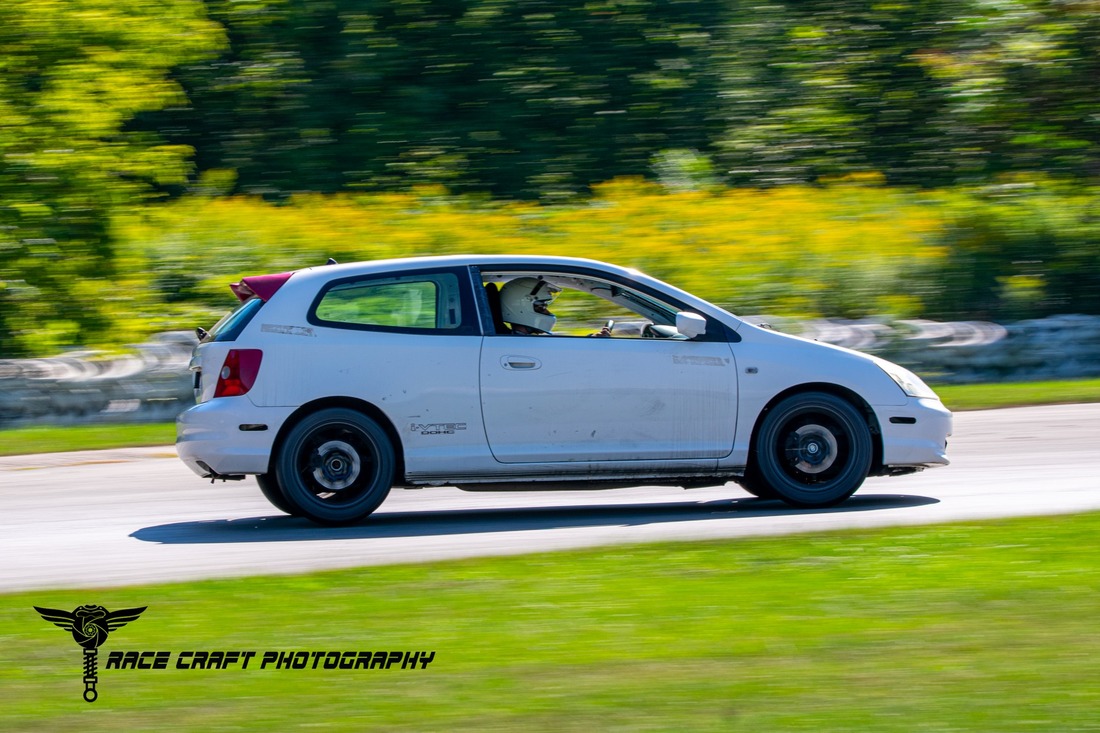
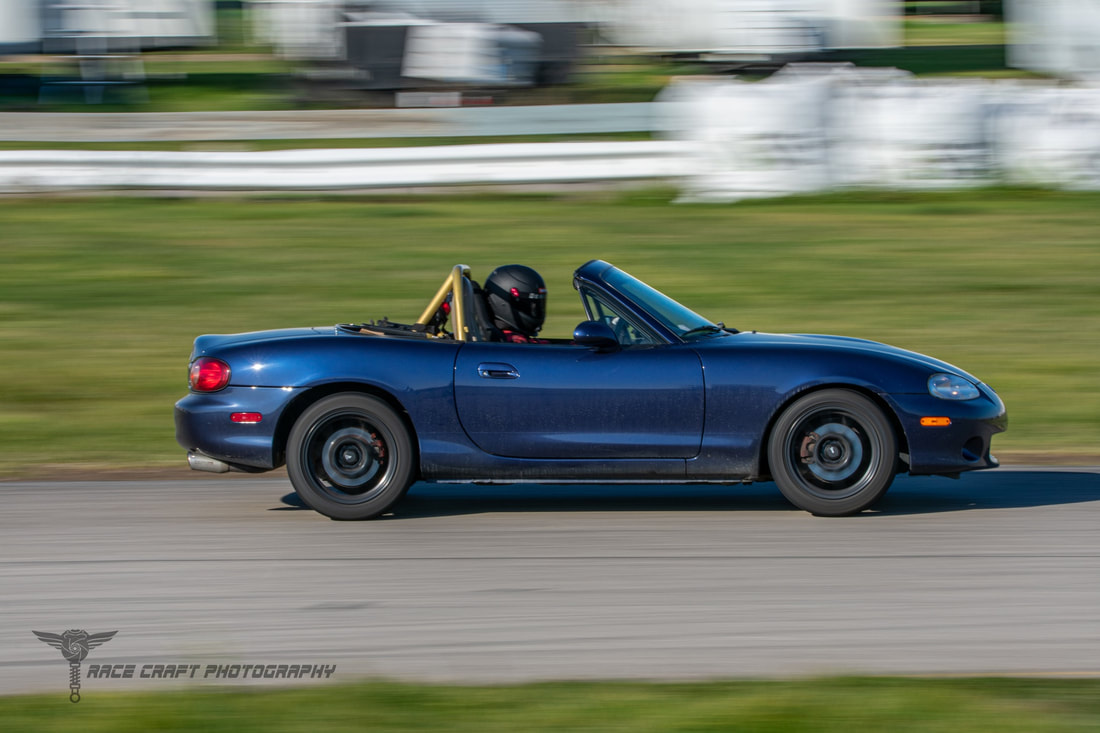
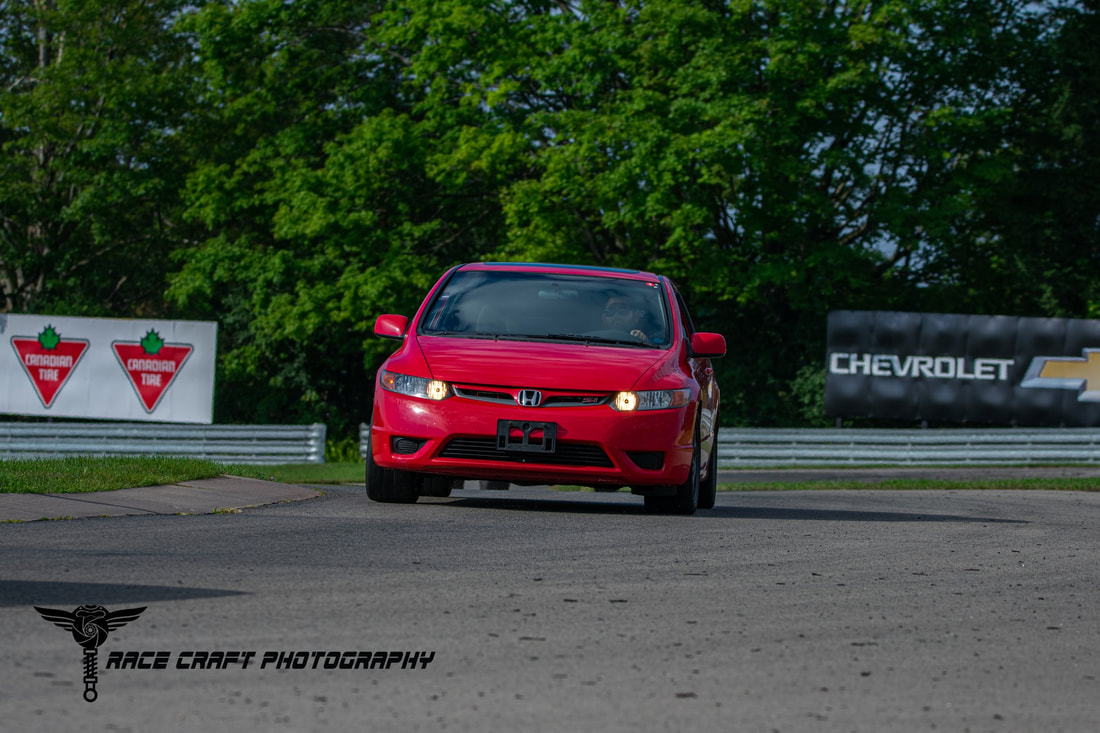
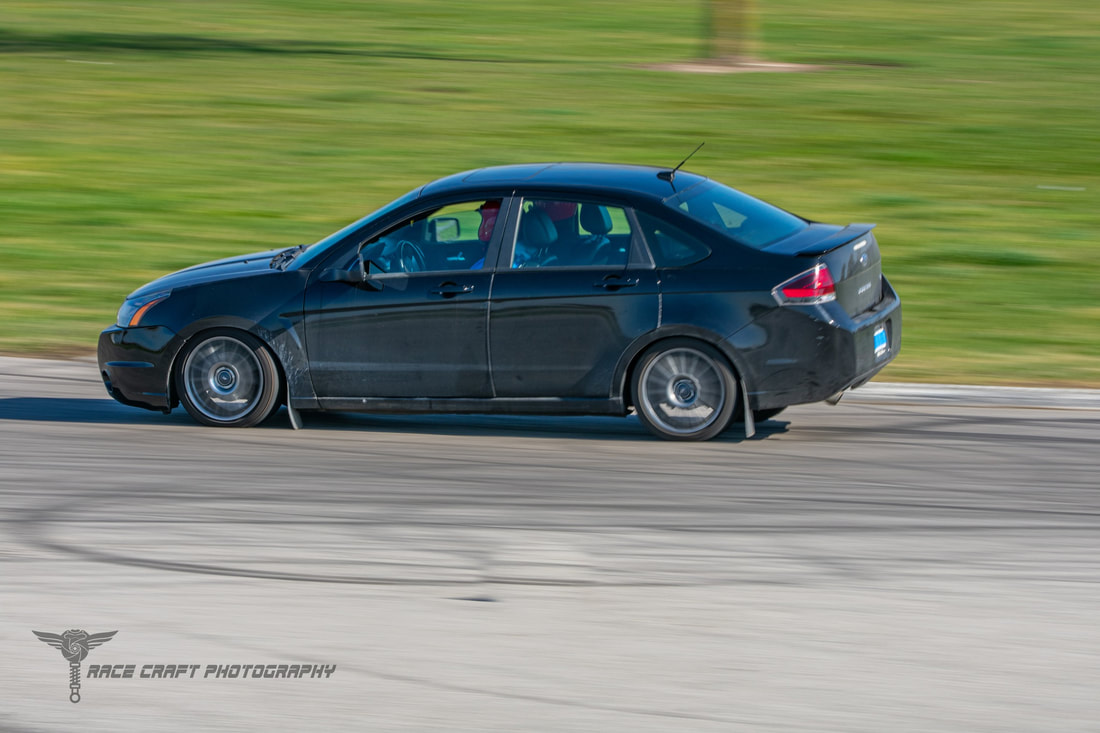
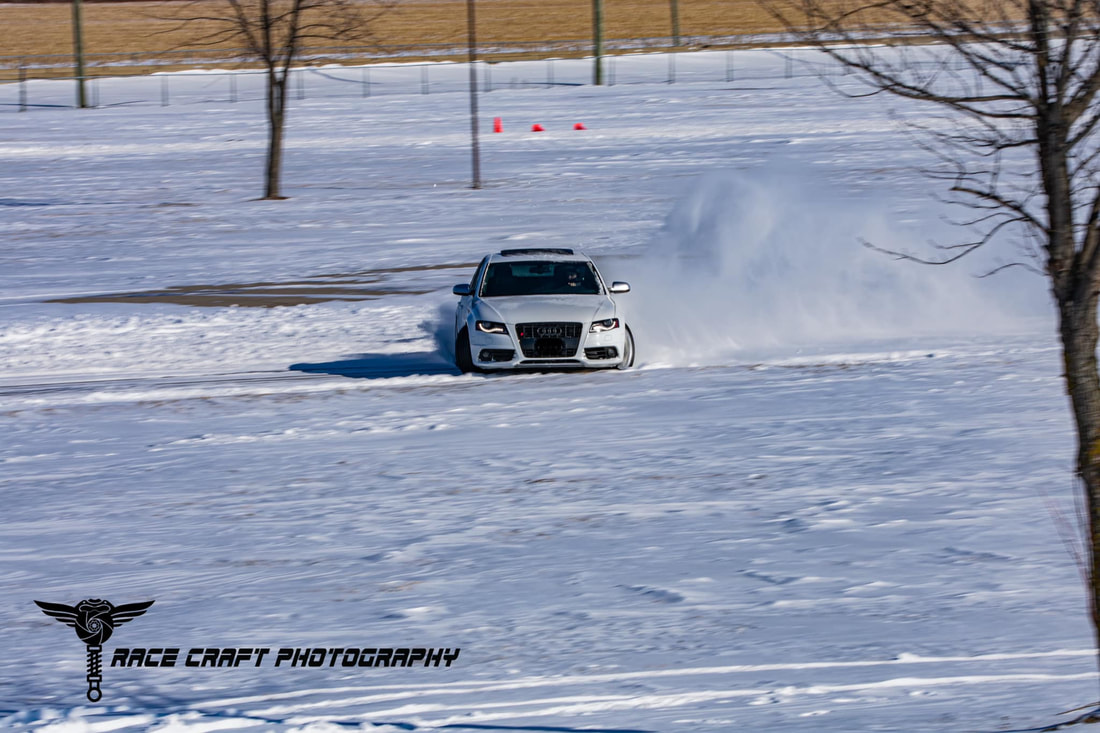
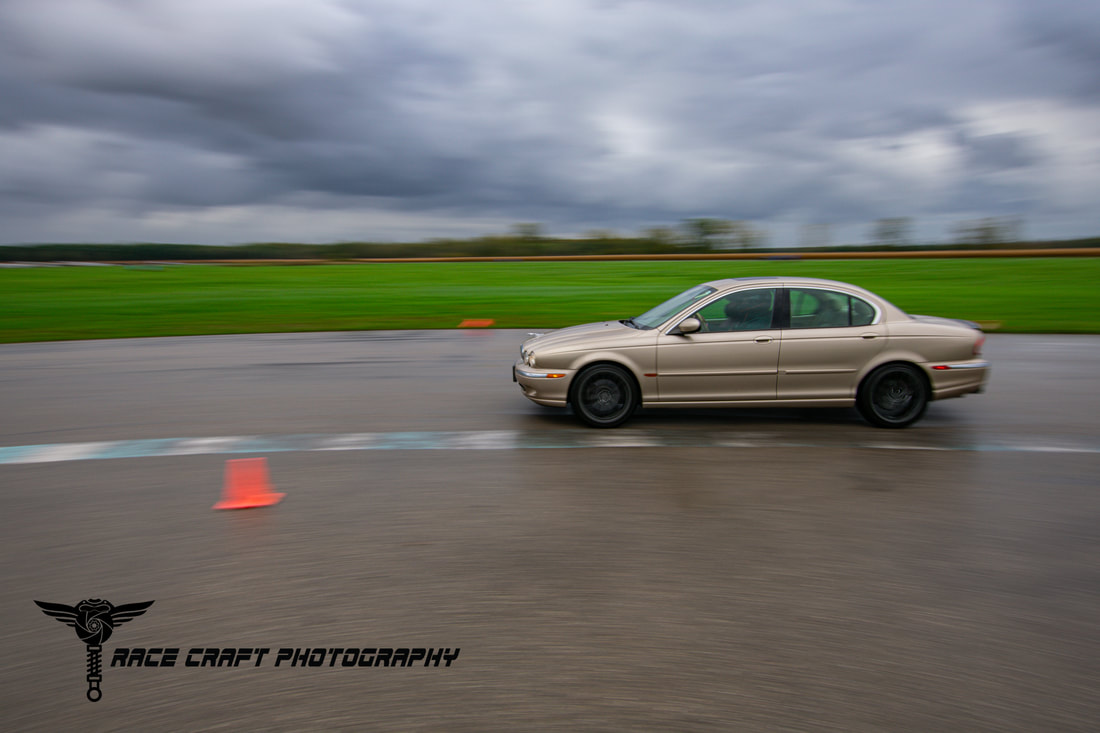
 RSS Feed
RSS Feed
